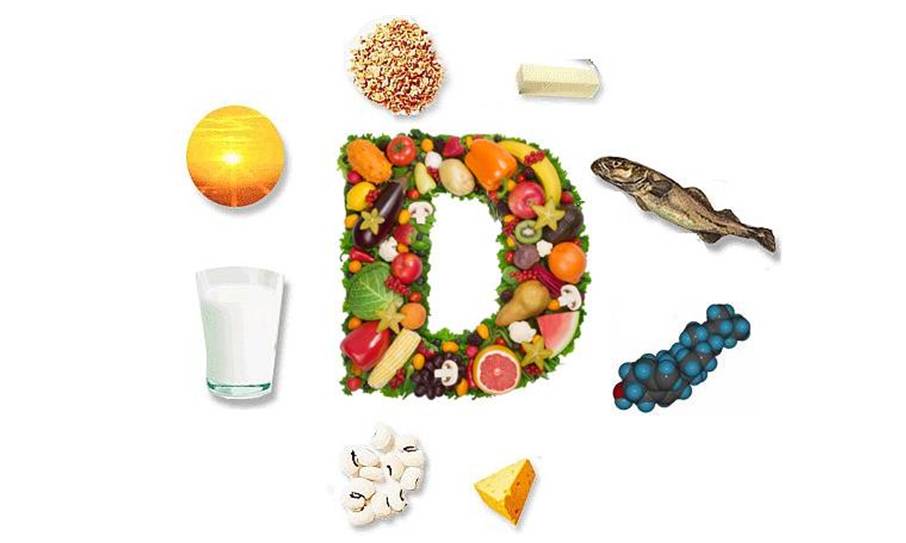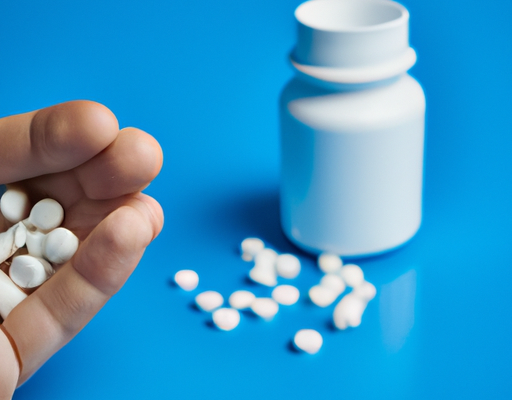What is vitamin D?
Vitamin D is fat-soluble and is best absorbed with fatty foods and accumulates in fat tissue. A large amount of vitamin D is mainly found in animal food: fatty fish (salmon, pike, scombroid, sardines, tuna), fish roe, egg yolk, and dairy products. A small amount of it is also found in red caviar, oysters, forest mushrooms, and seeds.

It is unique in that it is the only vitamin that is produced in the body independently under the action of UV sunlight.
What is the benefit of vitamin D?
Its main role is to help absorb calcium and phosphorus from food. In babies, vitamin D prevents rickets – a disease related to abnormal bone development and softening. In adolescents and adults, vitamin D prevents the development of caries and periodontal pathology, protects against osteoporosis (softening of bone tissue due to a deficiency of calcium), and speeds up the healing of fractures. Vitamin D also increases resistance to viral diseases, which is extremely important, especially when your baby goes to kindergarten for the first time and becomes ill often.
What is the danger of vitamin D deficiency?
Vitamin D deficiency leads to the leaching of calcium and phosphorus from bones. In children, rickets develops on the background of vitamin D deficiency, in adults – softening of bone tissue (osteomalacia) and thinning of bone tissue (osteoporosis). A deficiency of vitamin D is particularly dangerous in the first year of a child’s life, when rapid growth of bone tissue occurs.
Currently, scientists suggest that a deficiency of vitamin D may affect the development of cancer, as well as autoimmune, infectious, viral, and cardiovascular diseases.
How to get vitamin D?
It seems simple enough: a healthy diet and time spent outdoors in the sun, and the problem is solved!
However, there are some pitfalls here.
As research has shown, the amount of vitamin D in products is an unstable quantity. For example, when examining milk from the same manufacturer, the content of vitamin D in different batches fluctuated and could be less than 20 ME from the claimed amount. This is why in some countries, manufacturers add vitamin D to milk and dairy products.
To produce enough vitamin D in the body, it is necessary to be outside in the sun with your face and limbs exposed (between 10 am and 3 pm) twice a week. People with light skin only need five minutes, while those with dark skin should be in the sun for at least half an hour.”
However, some children may not get enough vitamin D from just eating a healthy diet and getting enough sunlight. Children with digestive disorders, excess body weight, living in regions with little sunlight, children who are not physically active, with dark skin, or who should not be in the sun may be at risk for vitamin D deficiency.
Vitamin D deficiency prevention
Non-specific prevention should be comprehensive and start before the child is born.
Expecting mothers should spend a lot of time outside, get enough exercise, follow a work and rest schedule, and pay attention to their diet (eat more vegetables, fruits, and protein-rich foods). During the last 3-4 months of pregnancy, the fetus’s skeleton begins to calcify, so the need for calcium and, therefore, vitamin D increases. Pregnant women are recommended to take multivitamins from the first weeks and, starting from the third trimester, an additional 500-1500 ME of vitamin D.
It is very important to maintain and preserve breastfeeding for as long as possible. It is necessary to organize the daily routine and full diet of the breastfeeding mother correctly, including meat, dairy products, fish, vegetables. Another form of prevention for the growing child is the introduction of supplementary feeding, daily walks with the face and limbs exposed to the air, therapeutic exercises, and general massage courses.
Babies who are on artificial feeding must be given vitamin D. When choosing a formula, it is necessary to consider the presence of this vitamin and lactose, which is necessary for its absorption. However, despite the fact that almost all adapted formulas contain vitamin D, it is believed that its absorption from them is insufficiently active.
Overdose of vitamin D
Vitamin D is not only beneficial, but it can also be harmful to a child if used incorrectly or in excess. Vitamin D should be given carefully because some children are sensitive to the vitamin and even small doses can cause a condition called hypervitaminosis. Symptoms of hypervitaminosis include loss of appetite, restlessness, muscle weakness, sleep disturbance, constipation, and even nausea and vomiting. Therefore, when taking vitamin D for a long time, especially in adolescents and adults, it is necessary to periodically examine the vitamin level in the blood serum. It is important to know that vitamin D is an important and beneficial component in the development of your child, but, as in any matter, a reasonable approach and following the recommendations of the treating doctor are important.





No Comments